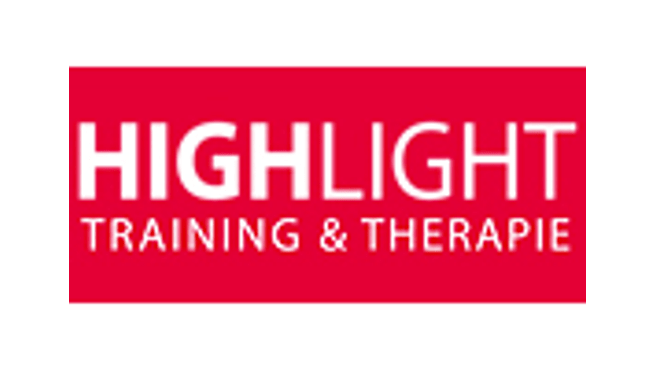Please use Microsoft Edge, Google Chrome or [Firefox](https://getfirefox. com/).
Highlight TRAINING & THERAPIE AG (Münsingen)
About Us
Physiotherapy, together with medicine and nursing, forms the three pillars of conventional medicine.
Physiotherapy helps with:
- Acute and chronic pain and discomfort
- Functional disorders of joints, organs and the spine
- Rehabilitation after accidents and operations
Choice of treatment methods:
- Manual therapy
- movement therapy
- Cardiovascular training
- Medical training therapy
- Physical therapies
- Lymphatic drainage
Osteopathy helps with:
- whiplash injuries, headaches
- digestive problems
- sleep disorders
- menstrual problems
- swallowing disorders
- Neurovegetative dystonia
- Acute and chronic pain
- Functional disorders of joints, organs and the spine
Main systems treated:
- Arietal system (muscles, joints, connective tissues).
- Visceral system (internal organs of the abdominal and thoracic cavity)
- Craniosacral system (nervous system and cerebrospinal fluid)
Massages
Massage is used to mechanically influence the skin, connective tissue and muscles through stretching, pulling and pressure stimuli. The effect of massage extends from the treated part of the body to the whole organism and includes the psyche.
Massage helps with:
- Local increase of blood circulation
- Relaxation of the musculature
- Loosening of adhesions and scars
- Improved wound healing
- Pain relief
- Influence on internal organs via reflex arches
- Psychological relaxation
- Reduction of stress
- Improvement of the cell metabolism in the tissue
- Relaxation of skin and connective tissue
- Influence on the vegetative nervous system
Choice of treatment methods:
- Medical classical full or partial body massage
- Foot reflexology
- cupping massage
- Trigger point therapy
- honey massage
- Abdominal and colon massage
- Gentle vertebral therapy according to Dorn and Breuss
- Connective tissue massage
- Headache-migraine massage
- Acupuncture massage according to Pensel (APM)
- Hot stone massage
- Stamp massage
- phytotherapy
- Tuina massage, acupuncture, acupressure
- Lomi Lomi massage (oil massage)
- Garshan massage (raw silk glove)
This text has been machine translated.
Services
Amenities
Languages
Location and contact
Highlight TRAINING & THERAPIE AG
-
office address
Erlenauweg 15 3110 Münsingen
-
Phone
0317... Show number 031 721 82 28 *
-
Write an e-mail
- Visit site Visit site
- * No listing required
reviews
Do you wish to rate "Highlight TRAINING & THERAPIE AG"?

3 reviews from older local.ch. archives
Data from June 2019
* These texts have been automatically translated.
Other listers

Highlight TRAINING & THERAPIE AG


